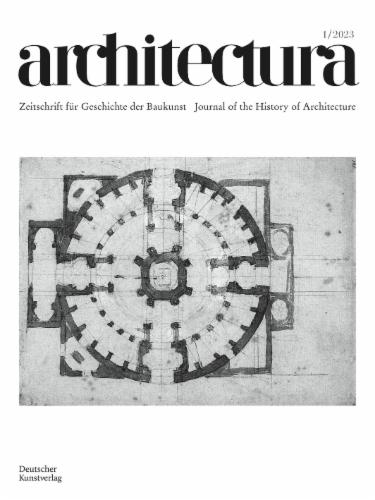
Abstract
Zbąszynek (Neu Bentschen), a German border post, with accommodation for railway workers, customs officials, postmen and border guards, was established primarily between 1923 and 1930. It was built in the middle of the countryside, designed according to the garden city concept and provided with an urban technical infrastructure. In the years 1932 to 1945, the town had the status of a rural parish. The majority of the houses and civic buildings (railway station, school, town hall, Protestant church, Catholic church, inn) were designed by Wilhelm Beringer from the Deutsche Reichsbahn administration in Frankfurt (Oder). He incorporated neo-baroque and expressionist motifs. The monumental and expressionist water tower, designed by Bruno Möhring from Berlin, is also worth noting. The town comprised two parts. The eastern part contained housing for company workers and officials, a school at the main town square and an inn; the western part was intended – though the idea was short-lived – to comprise privately owned houses, both churches and the town hall. By design, the slaughterhouse, sewage treatment plant and cemetery were all placed on the periphery of the town. The two parts were, and still are divided by ul. Wojska Polskiego, Zbąszynek’s main street. Its southern end is the imposing pl. Dworcowy, the Station Square, taking the form of a cour d’honneur.
Zbąszynek (Neu Bentschen), a German border post, with accommodation for railway workers, customs officials, postmen and border guards, was established primarily between 1923 and 1930. It was built in the middle of the countryside, designed according to the garden city concept and provided with an urban technical infrastructure. In the years 1932 to 1945, the town had the status of a rural parish. The majority of the houses and civic buildings (railway station, school, town hall, Protestant church, Catholic church, inn) were designed by Wilhelm Beringer from the Deutsche Reichsbahn administration in Frankfurt (Oder). He incorporated neo-baroque and expressionist motifs. The monumental and expressionist water tower, designed by Bruno Möhring from Berlin, is also worth noting. The town comprised two parts. The eastern part contained housing for company workers and officials, a school at the main town square and an inn; the western part was intended – though the idea was short-lived – to comprise privately owned houses, both churches and the town hall. By design, the slaughterhouse, sewage treatment plant and cemetery were all placed on the periphery of the town. The two parts were, and still are divided by ul. Wojska Polskiego, Zbąszynek’s main street. Its southern end is the imposing pl. Dworcowy, the Station Square, taking the form of a cour d’honneur.
Other articles in this issue:
architectura Issues
Volume 53 (2025)
Volume 52 (2022)
Volume 51 (2021)
Volume 50 (2020)
Volume 49 (2019)
Volume 48 (2018)
Volume 47 (2017)
Volume 46 (2016)
Volume 45 (2015)
Get instant, unlimited access to this journal
Related titles
Would you like to receive monthly information about new publications and events?

